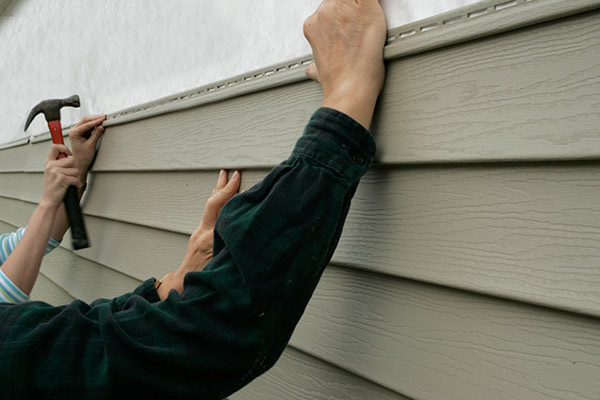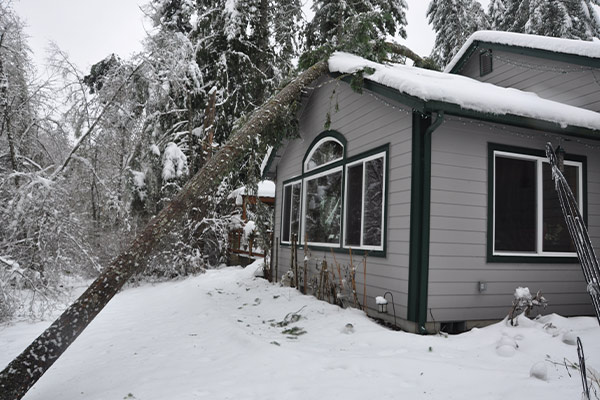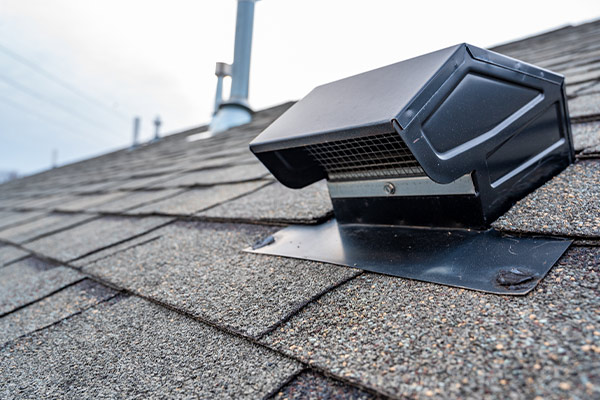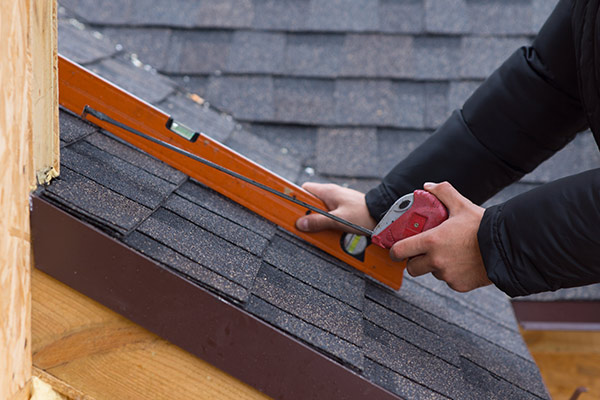Table of Contents
ToggleWhen it comes to home improvement projects, finding the right balance between cost and quality is crucial for selecting a siding install company. If you’re considering a siding installation for your home, you may be wondering about the associated expenses. We’re here to help you understand the factors that influence siding installation costs, so you can make an informed decision.
From the type of siding material to labor fees and additional factors to consider, we’ll provide you with a comprehensive overview. By the end, you’ll have a clearer understanding of what to expect in terms of budgeting for your siding project.
Overview of Siding Installation Costs
When planning a siding project, it’s essential to understand the various factors that influence the overall cost. From material choices to labor rates, each element plays a role in determining the final price. By getting a clear picture of these costs, you can make informed decisions that align with your budget.
Understanding the Average Cost Range
When it comes to siding installation, it’s important to understand the average cost range in your area. The cost of siding installation can vary depending on several factors, such as the type of siding material, the size of your home, and the complexity of the project. By familiarizing yourself with the average cost range, you can better plan and budget for your siding installation project.
Factors Affecting Siding Installation Costs
It’s important to recognize that prices for siding installation can vary based on the size and complexity of your home. Larger homes will generally require more materials and labor, which can result in higher costs. If your home has unique architectural features or requires additional preparation work, such as removing old siding or repairing damaged areas, this can also impact the overall cost of the project.
Budgeting for Materials and Labor
When planning a siding installation project, it’s crucial to consider both the cost of materials and labor. The materials you choose will significantly impact the overall cost. Different types of siding materials have varying price points, so it’s essential to research and compare options to find one that fits within your budget.
Labor costs are another important factor to consider. Hiring professionals to install your siding ensures that the job is done correctly and efficiently. However, it’s important to budget for labor costs when planning your project. Labor costs can vary depending on factors such as location and the experience level of the contractors.
Factors Affecting Installation Costs
Several factors influence the overall cost of siding installation, from the choice of materials to the condition of your home. Understanding these factors will help you make informed decisions and manage your budget effectively.
Type of Siding Material
When it comes to siding installation costs, the type of material you choose plays a significant role. Different siding materials have varying price points, which can impact your overall expenses. For example, vinyl siding tends to be more affordable compared to options like fiber cement or natural wood. The cost of materials, as well as their availability and durability, can influence the total installation cost.
Local Labor Rates
Another factor that affects the cost of siding installation is the local labor rates in your area. Labor costs can vary significantly depending on where you live. Areas with higher living costs and demand for skilled labor may have higher installation rates. Conversely, regions with lower labor rates might offer more competitive pricing for siding installation services. Keep in mind that these rates can fluctuate over time, so it’s essential to research and compare prices from multiple contractors in your area.
Condition of Existing Structure
The condition of your existing structure can also impact the overall cost of siding installation. If your home requires additional preparation work before the new siding can be installed, such as repairs or removal of old siding, these factors can increase the total expenses. Damaged walls or structural issues may need to be addressed before the installation process begins, which can add extra costs to the project. It’s important to have a professional assess the condition of your home and provide an accurate estimate based on any necessary repairs or modifications.
Siding Cost Breakdown by Material Type
The cost of siding installation can vary significantly depending on the material you select. Each material type has unique characteristics, price points, and long-term benefits that will influence your overall investment. Below is a breakdown of the costs associated with some of the most popular siding materials.
Vinyl Siding
Vinyl siding is a popular choice for many homeowners due to its affordability. The average cost of vinyl siding installation ranges from $3 to $7 per square foot. This material is known for its durability and low maintenance requirements, making it a cost-effective option in the long run. Vinyl siding comes in a variety of colors and styles, allowing you to customize the look of your home without breaking the bank.
Wood Siding
Wood siding offers a natural and timeless aesthetic that many homeowners find appealing. However, it tends to be more expensive than vinyl siding. On average, wood siding installation costs between $6 and $12 per square foot. While the initial investment may be higher, wood siding can add significant value to your home and provide excellent insulation properties. It’s important to note that wood siding requires regular maintenance, such as staining or painting, to protect it from moisture damage and pests.
Fiber Cement Siding
Fiber cement siding has gained popularity in recent years due to its durability and versatility. With an average installation cost ranging from $5 to $10 per square foot, fiber cement siding offers a middle ground between vinyl and wood options. This material is resistant to rot, insects, and fire, making it a practical choice for homeowners seeking long-lasting protection. Fiber cement siding is available in various textures and finishes, allowing you to achieve the desired look for your home.
Specialty Materials
If you’re looking to add a unique touch to your home’s exterior, specialty materials like stone or brick siding may be worth considering. These materials can significantly enhance the curb appeal of your property but come at a higher price point compared to other options. Stone or brick siding installation costs can range from $15 to $30 per square foot or even more, depending on the complexity of the project. Keep in mind that these materials often require professional installation due to their weight and specific installation techniques.
Additional Expenses to Consider
When planning a siding installation, it’s important to account for additional expenses beyond just the materials and labor. These costs can add up and impact your overall budget, so it’s essential to factor them in from the start.
Permits and Inspection Fees
When it comes to siding installation, it’s important to account for potential permits and inspection fees in your budget. These costs can vary depending on your location and the specific regulations in place. Before starting any work, make sure to check with your local authorities to determine if you need a permit for your siding project. The cost of permits can range from a few hundred dollars to several thousand dollars, so it’s essential to factor this into your overall expenses.
In addition to permits, you may also need to budget for inspection fees. Inspections ensure that the siding installation meets all safety and building code requirements. The cost of inspections can vary, but it’s typically a small percentage of the total project cost. Keep in mind that failing an inspection could result in additional expenses, as you may need to make corrections or modifications before passing.
Removal of Old Siding and Repairs
Before installing new siding, you may need to remove the existing siding. This process can involve labor costs, equipment rental, and disposal fees. The cost of removing old siding will depend on factors such as the size of your home, the type of siding being removed, and any underlying issues that need to be addressed.
It’s also important to consider any necessary repairs to underlying structures. If there is damage or rotting wood beneath the old siding, it will need to be fixed before installing the new siding. Repair costs can vary significantly depending on the extent of the damage and the materials needed for the repairs.
Upgrades to Insulation and Weatherproofing
As part of your siding installation project, you may want to consider upgrades to insulation and weatherproofing. While these upgrades are not always necessary, they can provide long-term benefits by improving energy efficiency and reducing utility costs.
Adding insulation or upgrading existing insulation can help keep your home comfortable year-round by preventing heat loss during the winter and heat gain during the summer. Weatherproofing measures such as sealing gaps and cracks can also enhance the overall performance of your siding system.
Although these upgrades will incur additional costs, they can provide significant value and savings over time.
DIY vs Professional Installation
When it comes to siding installation, you have the option to either do it yourself or hire professionals. Each approach has its pros and cons, particularly in terms of cost, time, and quality. It’s important to weigh these factors carefully before making a decision.
Potential Savings with DIY Installation
Weigh the potential savings of doing the siding installation yourself against your skill level. DIY installation can save you a significant amount of money, as you won’t have to pay for professional labor. By taking on the project yourself, you eliminate the cost of hiring contractors or installation teams.
Time Commitment for DIY Siding Project
Consider the time commitment required for a DIY siding project. While it may seem like a cost-effective option, keep in mind that installing siding can be a time-consuming task. You will need to dedicate several hours, or even days, depending on the size of your home and your level of experience. If you have a busy schedule or limited free time, it’s important to evaluate whether you can commit to completing the project in a timely manner.
Benefits of Hiring Professionals
Evaluate the benefits of hiring professionals for quality and warranty guarantees. Professional siding installers have the expertise and experience to ensure that the job is done correctly. They are familiar with the best practices and techniques for installing different types of siding materials. By hiring professionals, you can have peace of mind knowing that your siding will be installed properly, minimizing the risk of future issues.
Many professional installers offer warranties on their workmanship. This means that if any problems arise with your siding installation within a specified period, they will come back and fix it at no additional cost to you. This warranty provides an added layer of protection and ensures that you won’t have to bear the financial burden of any potential repairs.
Making Informed Choices with Roofs R Us
Successfully managing a siding installation project starts with understanding the key cost factors involved. By evaluating your siding material options, accounting for extra costs, and comparing DIY with professional installation, you can confidently plan your budget and choose the best solution for your home.
With a clear understanding of siding installation costs, it’s time to take the next step. Begin by evaluating your specific needs and budget, then contact reputable contractors like Roofs R Us in Blaine, MN, for accurate quotes. Be sure to ask for references and check online reviews to ensure you’re working with professionals who can deliver high-quality results. With the right information and careful planning, Roofs R Us can help you transform your home’s exterior while staying within your budget.
